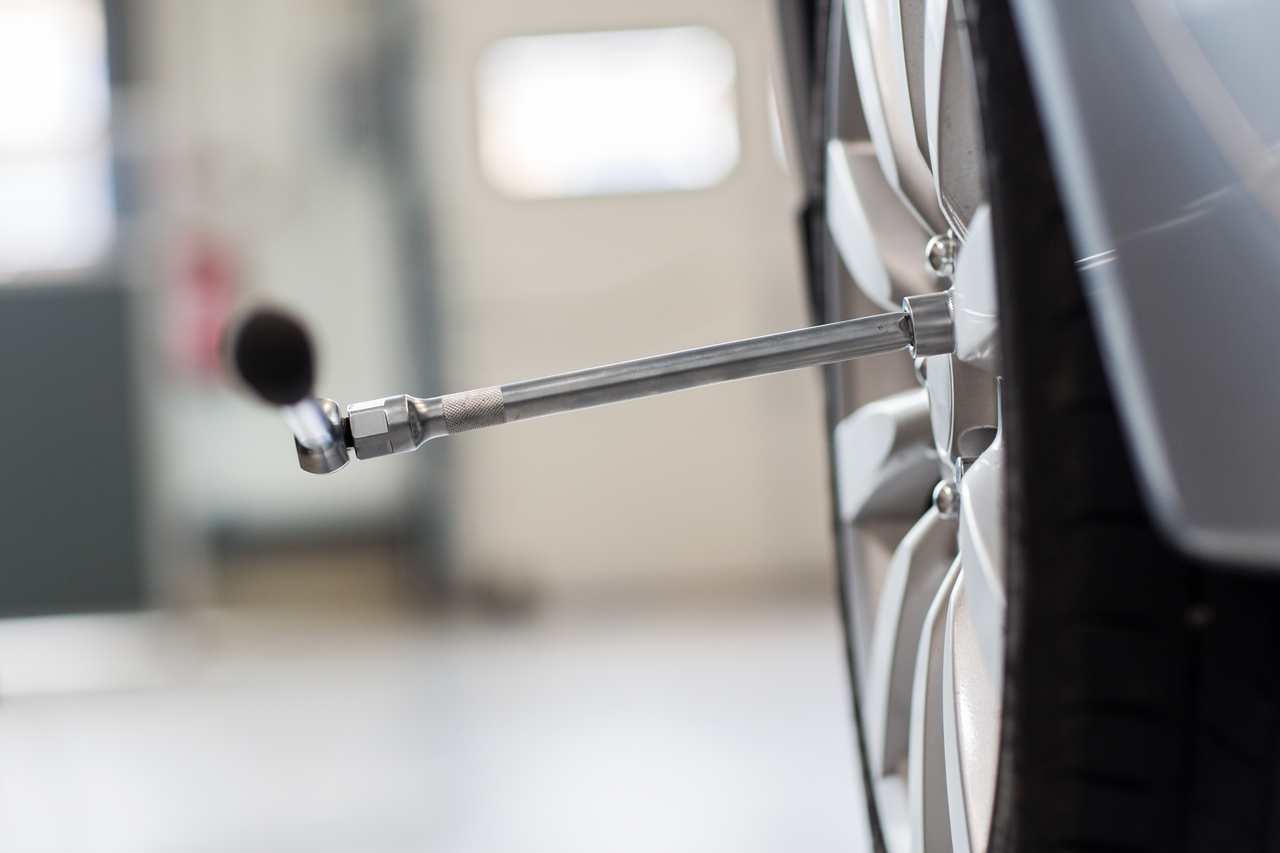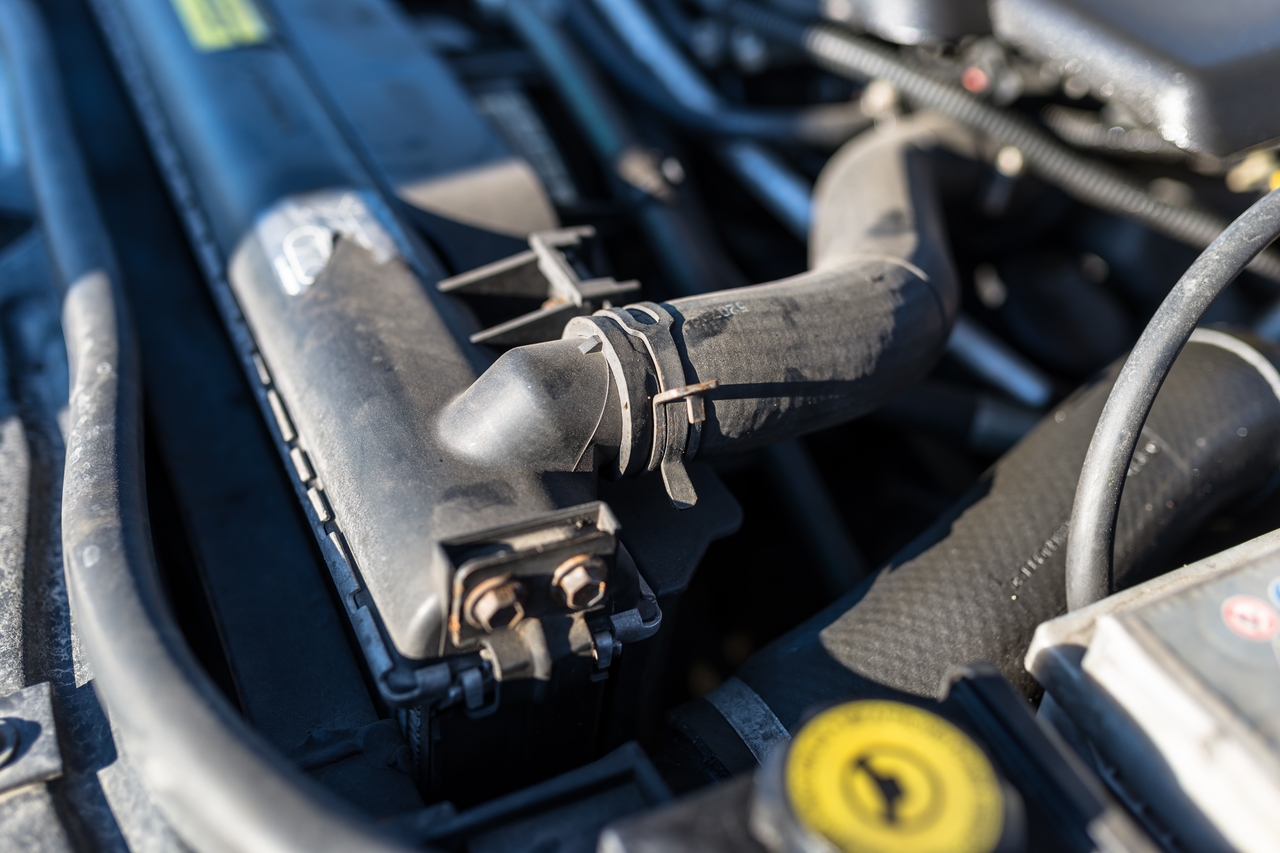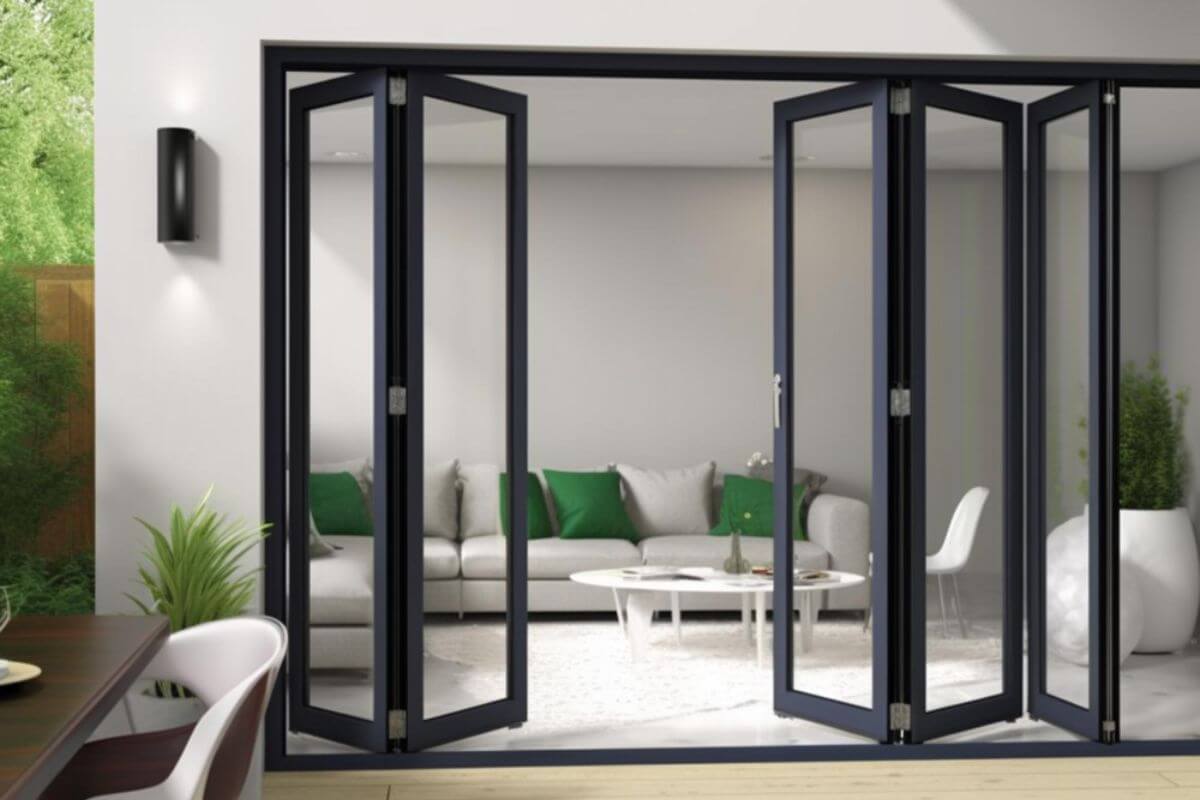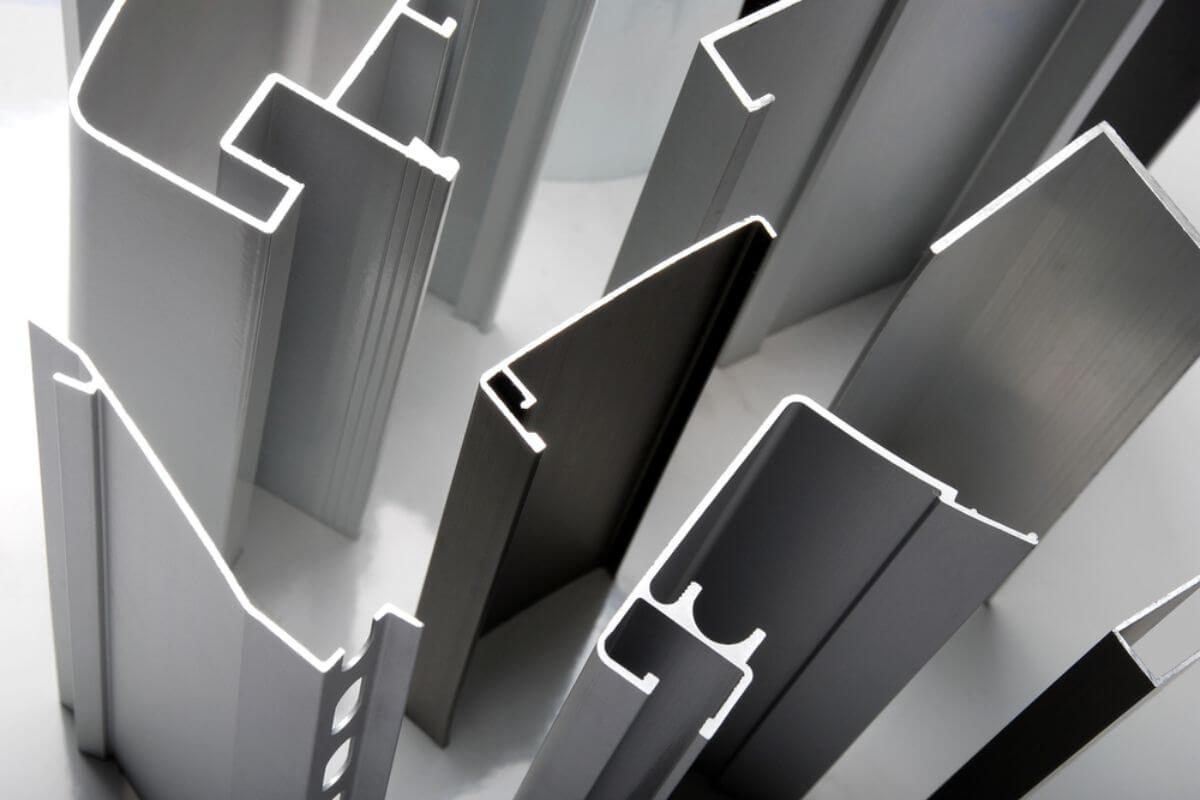What are the uses of aluminum in the automotive industry?
- Body panels
- Wheels
- Chassis enclosures
- Radiators
Aluminum uses in the automotive industry date back more than 120 years ago, with performance sport cars that feature aluminum bodies and eventually car engines. To-date, this material continues to be a reliable alternative to steel, with benefits such as weight reductions, cost savings, safety performance, and aesthetic appeal.
Aluminum provides one of the most incredibly cost-effective methods of improving vehicle performance. This has allowed the automotive sector to create vehicles with better fuel economy while also meeting sustainability goals.
Modern car brands have capitalized on the benefits of using aluminum for a number of auto accessories and car parts. Some of its advantages include eco-friendliness, lightweight, affordability, and other manufacturing strengths. You’ll find various types of aluminum alloys being produced in different vehicle components, such as body panels, wheels, chassis enclosures, radiators, and the like.
A versatile material that offers several advantages to car making, read on to find how aluminum continues to bring value to car part manufacturing across the globe.
Body Panels
Body panels are parts of the car that comprises the shell or the outer covering. These panels give shape to the entirety of the vehicle, while subsequently offering protection for the engine and its interior.
While aluminum has been widely used to make some vehicle parts, its use has gained traction, especially in the North Americas. Reputable automakers have experimented on creating light, yet extremely durable aluminum bodies for pickup trucks, sedans, SUVs, and many more.
One main advantage of the aluminum material is the added fuel economy it provides. Being a third the weight of steel, aluminum allows for reduced wind resistance and an overall lighter body for the driver. This means making much fewer trips to servicing centers just to top up fuel, allowing for cost savings. The reduced drag allows the driver to maximize their car’s fuel and reap other performance features.
Wheels

One aspect of automotive manufacturing focuses on creating high-performance vehicles without cost and safety drawbacks. Typically, heavier vehicles tend to have several disadvantages, such as poor headlight projection, lower fuel efficiency, reduced steering, accelerating, and cornering function. To bridge these shortcomings, automotive companies are exploring the benefits of reducing vehicle weight by using aluminum parts for the car body and the wheels.
Unlike steel, aluminum wheels exhibit far better corrosion and rust resistance. Over time, this reduces the total cost of ownership to the owner. Not only will they have to spend money on wheel damage repairs and replacements, but they’ll also benefit from a car part with lower maintenance.
Another reason to use aluminum for wheel-making is its strength and added functionality. Aluminum alloys are added with alloying elements that provide better durability, impact resistance, stress resistance, and other useful benefits. The wear and tear for the wheels and the rims are reduced over time, with fewer scratches and scrapes for the vehicle owner to deal with.
Chassis Enclosures
The chassis enclosure is the part of a vehicle that determines overall performance. In many ways, this services as the car’s foundation. Everything on the interior and exterior — sound systems, shift sticks, gears, wheels, dashboard panels, brake pads — sit atop and are supported by the entire chassis framework. Simply put, it’s fairly difficult to achieve a safe and comfortable ride without a chassis that offers full vehicle support.
This is where the many advantages of aluminum over steel chassis castings can be found. Aside from its high machinability and ease of manufacturing, extrusions and die-cast aluminum parts offer more axial load strength at a low weight. This feature allows the driver to more safely ride the vehicle on different terrains at constant speeds while protecting themselves from potential impacts.
For manufacturers, working with an aluminum chassis is also more practical than other metals or alloys. For one, aluminum manufacturing can be done in just a few days. The short lead times allow manufacturers to meet car demands without quality compromise. Another reason is the ease of shaping aluminum into various shapes. Fewer secondary and post-processes are needed, reducing product failures and OEM returns.
Radiators

A car radiator is designed to regulate the temperature flowing inside the vehicle as well as the engine. They do this by redirecting the heat produced by the engine into the atmosphere and delivering a lower temperature fluid to sustain the life of the motor.
While early radiators may have been made out of copper-brass material, modern reiterations have started incorporating aluminum into the fold. Compared to a copper-brass radiator, aluminum is capable of transferring hot air from the engine toward the atmosphere faster. The improved efficiency is better for vehicles in the long run when it comes to protecting the interiors and other sensitive engine parts.
Aluminum radiator manufacturing is also more environmentally friendly than copper-brass or steel. The aluminum can be recycled indefinitely without even losing the quality of its original properties. Moreover, this is a way for the industry to significantly reduce its impact on the environment and produce less carbon footprint.
Key Takeaway
We’ve tackled a few of the aluminum uses in the automotive industry in this guide, while also understanding the value it brings for vehicle manufacturing. As the demand for better performance and safe car parts continue to rise, so will the need for the aluminum sector to meet these needs. The material is affordable, durable, corrosion-resistant, and more practical. No doubt that innovative solutions for incorporating aluminum parts into cars will continue to define both industries’ futures.




.jpg)
.jpg)
.jpg)


